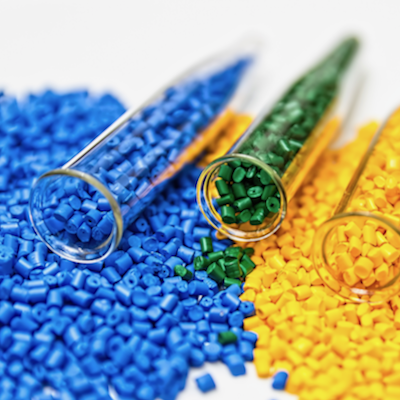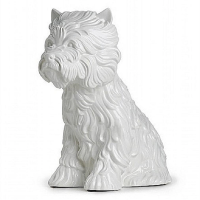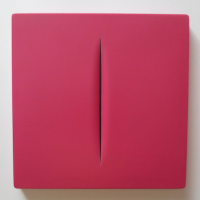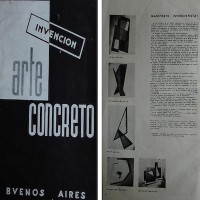
What is plastic?
Plastic is a material consisting of synthetic or organic compounds which can be used to mold into objects. Plastics became an artwork medium in the 20th century. Plastics can be cut into shapes to make new objects, assembled in various ways, and painted with acrylics.
Image © Mr_Mrs_Marcha/Shutterstock- Show All
- Established
- Discoveries
ARTWORKS RELATED TO PLASTIC

A process that relates to production of technically difficult or large artworks. It happens when a designer or lone artist is unable to realize a creation of conception or design of his or her own and seeks assistance in a fabrication studio. Such a studio has access to specialized machinery, resources and the necessary labor required in order to excellently execute complex art projects.

Art movement that originated from Italy in the year 1947 when Lucio Fontana founded it with an intention to synthesize sound, color, movement and space into an entirely new type of art. The main ideas of the movement came from his manifesto that was published in 1496 where he spoke of "spatial art" to keep the spirit of the post war age. The ideas were further boosted by the five manifestos that followed the first one. Though his ideas were vague, his outlook was strongly influential probably because he was the first artist from Europe to promote art as a performance and gesture.

Manifesto Invencionista was a 1946 published manifesto which announced the Argentinian beginning of the concrete art movement in Buenos Aires. Artist Tomás Maldonado wrote the Inventionist Manifesto; published by the Asociación Arte Concreto-Invención. Concrete art is abstract, with no basis on visual reality.











